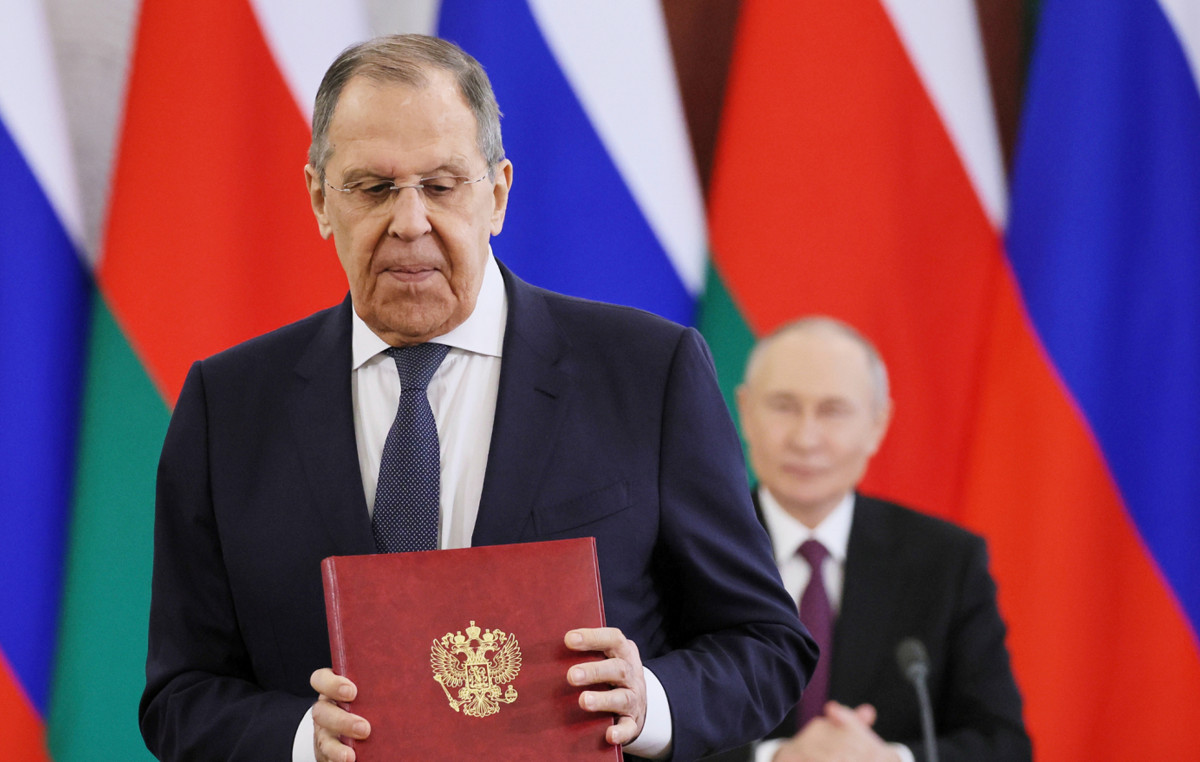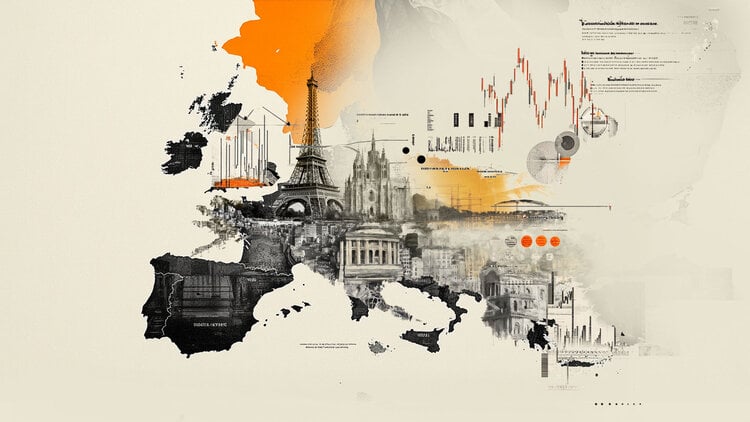- WTI loses ground as the growing commercial tensions affect the global oil demand.
- The IEA reported that Saudi Arabia exceeded its objective of oil production against the implicit objective of the OPEC+.
- Operators expect Trump to announce more sanctions to Russia that could affect oil supplies.
The price of the West Texas Intermediate (WTI) oil decreases slightly after registering more than 2.5% profits in the previous session, quoting around $ 67.30 per barrel during the Asian hours of Monday. Crude oil prices face challenges due to the increase in oil production in Saudi Arabia and ongoing tariff tensions that affect the global oil demand.
The International Energy Agency (AIE) reported that Saudi Arabia exceeded its oil production objective in 430,000 barrels per day in June and reached 9.8 million BPD, in the face of the implicit objective of the kingdom of the organization of oil exporting countries and its allies, including Russia (OPEP+), of 9.37 million BPD.
In response, the Saudi Arabia Ministry of Energy said that the kingdom had fully fulfilled its voluntary production objective of the OPEC+, informing that the supply of crude oil marketed by Saudi Arabia in June was 9,352 million BPD, in line with the agreed quota.
However, mixed data of the Chinese trade balance could provide slight support for crude oil, since China is the largest oil importer. Chinese exports increased by 7.2% year -on -year in June, after 6.3% in April. Meanwhile, imports increased a 2.3% year -on -year in the same period, recovering from an earlier fall of 2.1%.
However, crude oil prices gained ground due to the expected additional sanctions in the United States (USA) to Russia that could affect global supplies. The president of the USA, Donald Trump, announced, on Saturday, a 30% tariff on imports of the European Union (EU) and Mexico as of August 1. Trump also proposed a general tariff rate of 15%-20%on other commercial partners, an increase with respect to the current base rate of 10%. However, the European Union (EU) declared that it will extend its pause in retaliation measures against US tariffs until the beginning of August, hoping to reach a negotiated agreement.
WTI oil – frequent questions
WTI oil is a type of crude oil that is sold in international markets. WTI are the acronym of West Texas Intermediate, one of the three main types that include the Brent and Dubai’s crude. The WTI is also known as “light” and “sweet” by its relatively low gravity and sulfur content, respectively. It is considered high quality oil that is easily refined. It is obtained in the United States and is distributed through the Cushing Center, considered “the crossing of the world.” It is a reference for the oil market and the price of WTI is frequently traded in the media.
Like all assets, supply and demand are the main factors that determine the price of WTI oil. As such, global growth can be a driver of the increase in demand and vice versa in the case of weak global growth. Political instability, wars and sanctions can alter the offer and have an impact on prices. OPEC decisions, a group of large oil -producing countries, is another key price factor. The value of the US dollar influences the price of WTI crude oil, since oil is mainly traded in US dollars, so a weaker dollar can make oil more affordable and vice versa.
Weekly reports on oil inventories published by the American Petroleum Institute (API) and the Energy Information Agency (EIA) influence the price of WTI oil. Changes in inventories reflect the fluctuation of supply and demand. If the data show a decrease in inventories, it can indicate an increase in demand, which would raise the price of oil. An increase in inventories may reflect an increase in supply, which makes prices lower. The API report is published every Tuesday and that of the EIA the next day. Their results are usually similar, with a 1% difference between them 75% of the time. EIA data is considered more reliable, since it is a government agency.
The OPEC (Organization of Petroleum Exporting Countries) is a group of 13 nations oil producing that collectively decide the production quotas of member countries in biannual meetings. Their decisions usually influence WTI oil prices. When OPEC decides to reduce fees, it can restrict the supply and raise oil prices. When OPEC increases production, the opposite effect occurs. The OPEC+ is an expanded group that includes another ten non -members of the OPEC, among which Russia stands out.
Source: Fx Street
I am Joshua Winder, a senior-level journalist and editor at World Stock Market. I specialize in covering news related to the stock market and economic trends. With more than 8 years of experience in this field, I have become an expert in financial reporting.







